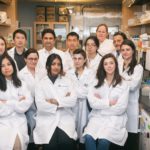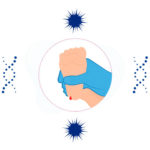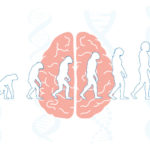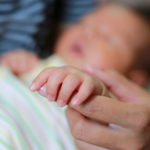Solving neurodevelopmental mysteries, one gene, one child at a time
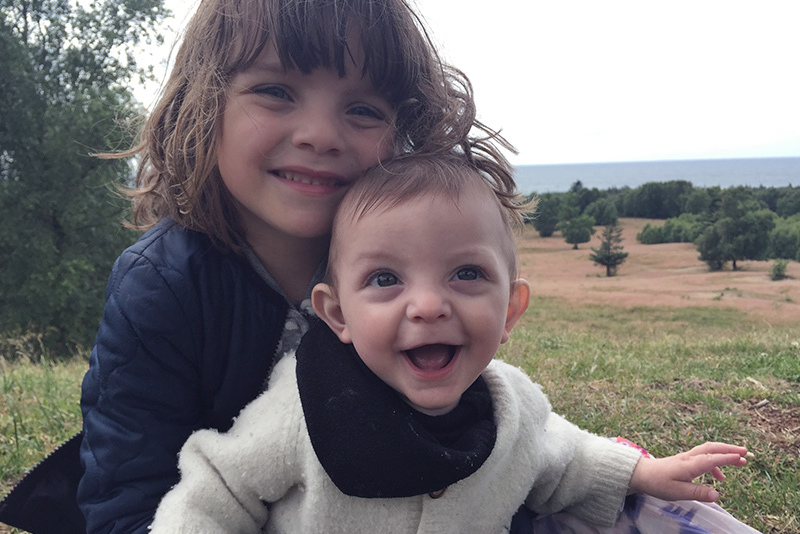
Suheil Day was born early, at 37 weeks. Aside from a slight head lag and mild muscle weakness, nothing seemed terribly amiss. But as the months progressed, he began having seizures.
“At the age of 4 to 5 months, he started waking up screaming and crying excessively, his eyes rolling up into his head,” says his mother, Nadeen.
Suheil’s physicians in Israel diagnosed him with West syndrome, an infantile spasm disorder, and treated him with adrenocorticotropic hormone. His seizures abated, but only for six months. After 15 other medications were tried without success, the Israeli hospital arranged for whole-exome sequencing to look for a genetic cause. The results showed variants in four genes. Two genes were ruled out after more testing; the other two were unknown.
We strongly feel these patients shouldn’t be given up on.”
That’s typical for infants and children with neurodevelopmental disorders: though a genetic cause is often suspected, genetic testing comes up empty. Pankaj Agrawal, MD, MMSc, in the Division of Newborn Medicine at Boston Children’s Hospital, leads a team of experts in genetics, genetic counseling, bioinformatics, and laboratory research who are revisiting these cases — and solving them, one patient at a time.
“We are enrolling any patient with neurological issues who gets clinical exome sequencing and still has no answer,” says Agrawal, who is also medical director of the Gene Discovery Core at the Manton Center for Orphan Disease Research. “We strongly feel these patients shouldn’t be given up on.”
‘There’s nothing more we can do’
In Denmark, Martin and Nanna Sillesen weren’t too concerned when their second child, Storm, was born with phenylketonuria (PKU), like his older sister, Freja. They knew the condition can be controlled with a PKU diet. But at six months, Storm began having seizures. Anti-epileptic medications helped at first, but whenever Storm had a fever or infection, he noticeably regressed. In July 2016, he suddenly passed away.
“There was an ongoing attempt by our pediatricians here to figure out what was going wrong,” says Martin. “They did a gene panel, and everything just came up normal or nonspecific. A couple of months after he passed away, they closed the case, saying ‘there’s nothing more we can do for you.’”
Martin decided to investigate further on his own. He arranged for whole genome sequencing of Storm’s cells in Hong Kong and mitochondrial genome sequencing in Holland.
“Thousands of variants were identified, but we couldn’t really pin Storm’s condition on anything,” he says. He began searching for specialized rare disease centers and was eventually referred to Agrawal.
A ‘re-analysis’ pipeline
Using more detailed methods, Agrawal’s team re-analyzed the clinical sequencing data from Storm, Suheil, and their parents. This meant going through the readouts manually, plugging genes of interest into open-source databases like OMIM and gnomAD, reviewing the medical literature, and examining clues such as where in the body the gene is expressed, what other conditions it’s been linked to, and how widely it’s shared between species.

Finally, they plugged genes with the most convincing evidence into a database called Matchmaker, shared with researchers around the world.
“If we find another patient with a variant in the same gene and a matching phenotype, that sometimes solves the case,” Agrawal explains.
Getting closure
For both Suheil’s family and Storm’s, the efforts paid off. For Storm, the team found a mutation in a gene called EIF2AK2 in addition to his PKU-causing mutation. They published his case, together with eight others, in 2020. “It took almost two years to find an answer; we were originally sidetracked by another gene,” says Agrawal.
Suheil, now 4, turned out to have a mutation in a related gene called EIF4A2. Agrawal’s team had already found one patient with an EIF4A2 mutation. On Matchmaker, they found about a dozen more patients with similar symptoms.
Like Storm’s gene, EIF4A2 appears to be involved in the body’s response to cellular stress, to which the brain is especially sensitive. Because it’s a newly known gene, Agrawal is pursuing further studies to explore its role in brain development. Collaborators at Baylor College of Medicine have created a fruit-fly model of the mutation, while Anna Duncan, PhD, Agrawal’s former fellow, is modeling it in zebrafish and members of the Gene Discovery Core are modeling the mutation in mice.
Ultimately, Agrawal hopes to test potential therapies targeting the gene. Suheil’s family is waiting to see what comes of these efforts.
“We know there’s a doctor working on it and trying to find a medication or a genetic treatment,” says Nadeen. “We know it will take four, five years, maybe more. The thing is, there’s hope.”
Benefits for the whole family
Both families see a more immediate benefit. Suheil’s and Storm’s mutations were both de novo, meaning they were spontaneous and not inherited. That makes it unlikely their parents would pass the same disease to future children.

Nadeen also sees benefits for Suheil, who with a new antiseizure medication has started walking and attends school accompanied by an aide.
“We want Suheil to have another brother or sister who he can count on when we get older,” she says. “It will help him to have a supportive sibling, and I think having another child will change everything for the better.”
Storm’s parents feel similarly. “Our daughter Freja went through a grief phase when Storm passed away,” says his mother Nanna. “We really wanted to give her a sibling.” That sibling, Wilfred, just turned 2.
Similar disorders, different neurodevelopmental genes
At a scientific level, the Gene Discovery Core’s work is highlighting the complexity of the human brain. Results are showing that variants in diverse proteins can cause similar clinical presentations. For example, several novel genes identified in the past year — MPP5, KDM4B, and CLCN3 — have similar neurodevelopmental phenotypes but affect very different cellular pathways.
“Even though each of the genes is unique, they are all associated with major brain findings,” says Agrawal. “We need to understand all the different mechanisms.”
Learn more about the Manton Center’s Gene Discovery Core at Boston Children’s Hospital.
Related Posts :
-

Solving genetic mysteries – in the NICU and beyond
A growing number of children with suspected genetic disorders are having their complete exomes sequenced, since it’s now often ...
-

Newborn genetic screening for pediatric cancer risk could save lives
Numerous genetic mutations increase children’s risk for various cancers. When they are detected early, cancers can potentially be caught ...
-

'Human accelerated regions': How they make our brains uniquely human
Starting when humans diverged from chimpanzees some 5 to 6 million years ago, we’ve evolved in our uniquely human fashion thanks ...
-

A promising new antiseizure drug tailored to newborns
Neonatal seizures can lead to serious consequences, including significant cognitive and motor disabilities, lifelong epilepsy, and death. They are ...


